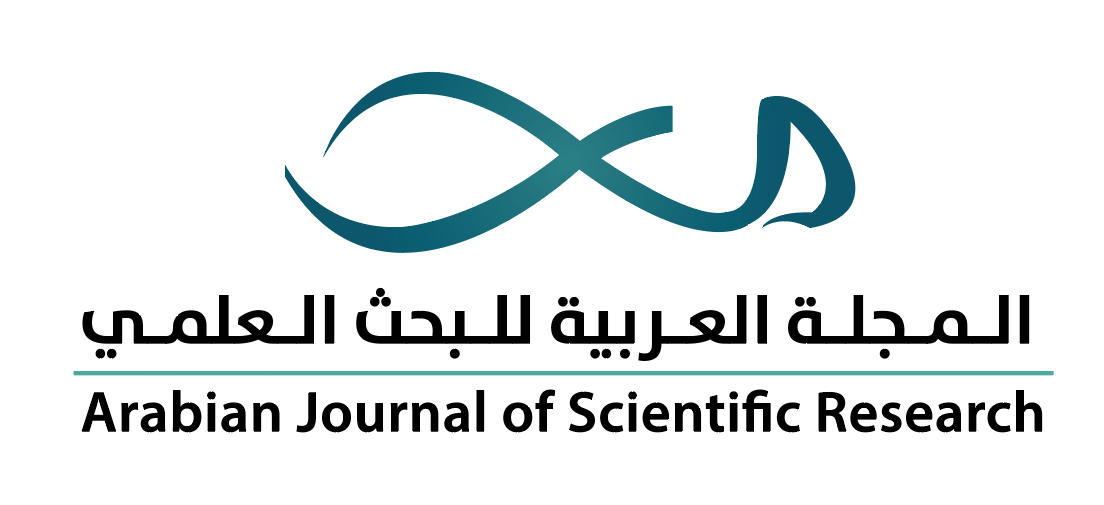-
oa صبغة الأنثوسيانين الطبيعية تضاهي الصبغات الكيميائية
- Source: Arabian Journal of Scientific Research-المجلة العربية للبحث العلمي, Volume 2(2021), Issue 1, Jun 2021, 2
-
- 22 April 2020
- 24 November 2020
- 30 April 2021
Abstract
الملخص
تستخدم هذه الدراسة الماء المقطر لاستخلاص صبغة الأنثوسيانين من بذور الرمان وأوراق اللهانة البنفسجية، وذلك أن الماء ليس له أي تأثير سُمّي، ويتبخر عند درجات الحرارة المنخفضة من دون التأثير في التركيب الكيمياوي للصبغة المستخلصة. وتبين الدراسة أن الصبغة الحمراء المستخلصة من الرمان كانت ذات وسط حامضي (pH= 3.0)، بينما كانت الصبغة البنفسجية المستخلصة من اللهانة ذات وسط حامضي خفيف (pH=6.0)، وبلغت تراكيز الصبغة في عصير كلا النباتين بعد إسقاط القيمة الامتصاصية لكل منها على منحنى المحاليل القياسية 130 و 503 ملغم/ 100 مل من عصير كل نبات، على التعاقب، ونجحت هذه الصبغة، بلونيها الأحمر والبنفسجي، في صبغ مسحات البكتيريا والمقاطع النسيجية الحيوانية والنباتية، وباستخدام مثبّتي اليود وكبريتات النحاس، على التعاقب، وعلى نحو يضاهي الصبغات الكيمياوية المتعارف عليها. كما كان لهذه الصبغة تأثير فعال في صبغ الأقمشة القطنية والصوفية على نحو جيد باستخدام عصير الليمون وصودا الخبز كمثبّت.
In this study we used distilled water to extract pigment anthocyanin from seeds of the pomegranate and violet cabbage leaves because the water does not have any toxic effect, their evaporates happened at low temperatures, and without influence on the chemical composition of the extracted dye. It was found that the red dye extracted from the pomegranate had an acidic medium (pH 3.0), while the violet dye extracted from the cabbage leaves had a light acid medium (pH 6). The amount of dye in the juice of both plants after dropping the absorbance value of each on the curve of standard solutions was 310 and 50 0mg/ 100 ml of juice from each plant, respectively. This dye, with its red and violet colors, succeeded in dyeing bacterial smears, animal, and plant tissue sections, with iodine and copper sulfate fixers respectively, and in a way similar compared to conventional chemical dyes. It was also an effective dye in the dyed cotton and wool fabrics well with lemon juice and baking soda as add fixative.


